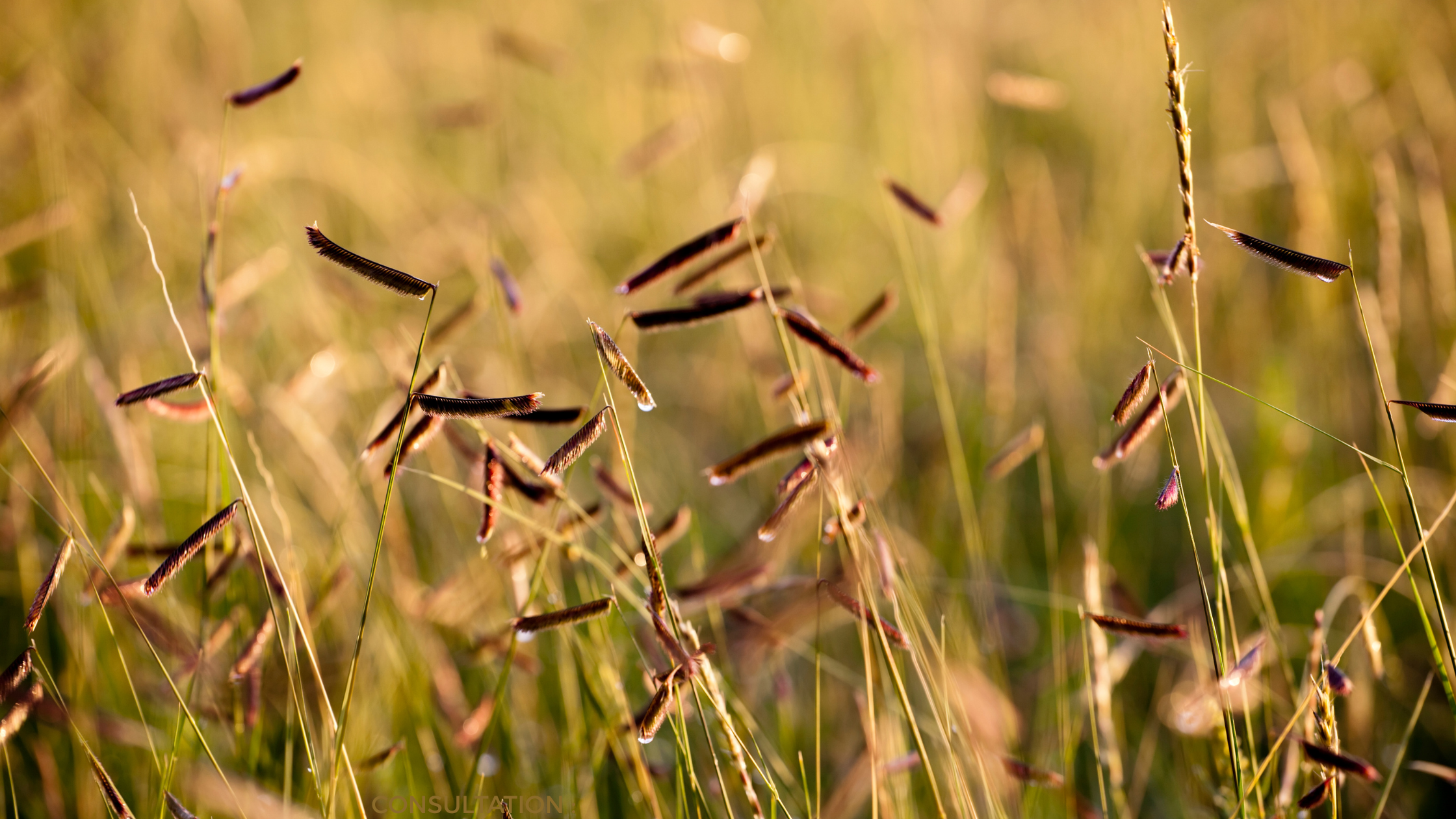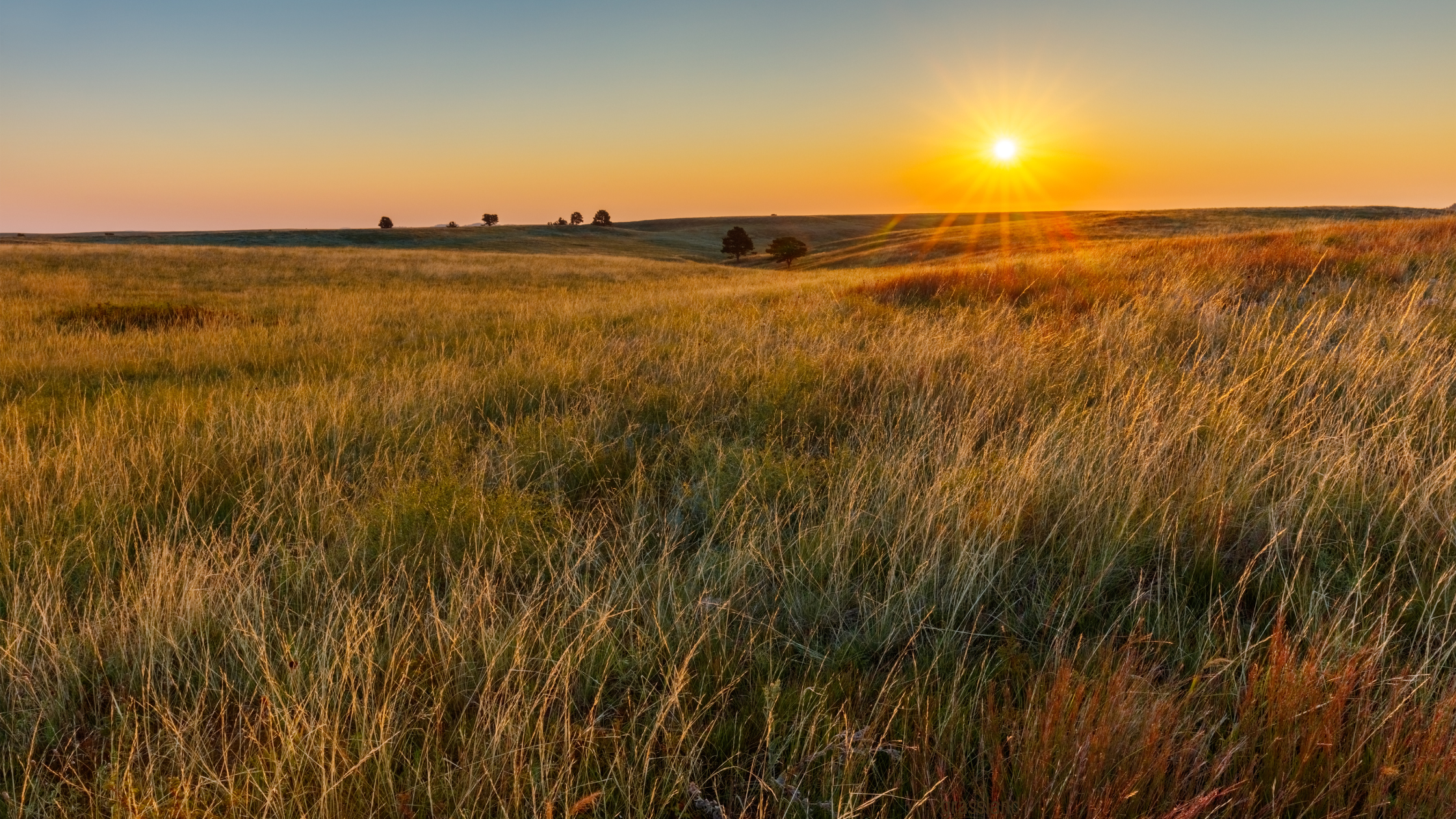What Native Plants Should I Buy?
“Try’em all, you might miss a good one” :-)
If you are new to native landscaping and looking for a good launching point, take a look at our native plant kits as they have a pretty solid pallet of native landscaping plants to start with, from shady, sunny, to wetter areas as well. From there, the sky’s the limit.
Think of your yard as different “rooms” with each area with its own distinct feel, painted in a different color (flowers), function (seating or hall way), decorations (featured plants, fountains), window treatments or walls to block the neighbors when necessary (shrubs and trees, fencing). Make sure that scale is appropriate. Many people I believe go too small with plant clustering and plant an uninspiring mishmosh of things (I often find myself doing the same when I do not have a plan, bad Nick!). Go big! Plant in larger groups of single species or limit a grouping to two or three complementary species to add dramatic effect.
Plant perennials!
Planting perennials will give the gift that keeps on giving. Perennials are plants that come back every year, year after year. Almost every plant we sell is a perennial, so feel confident that you are getting your moneys worth. Plus, native plants give you the added benefit of producing viable seed. This means you can collect the seed and put it into new places for it to germinate and flourish.
Getting Started With Native Plants is an excellent resource that West Cook Wild Ones has produced with the basics of garden preparation, plant selection, and maintenance.
Milkweeds, Milkweeds, Milkweeds:
With the dramatic decline of the Monarch Butterfly, milkweeds and pollinator favorites are the name of the game in today's native landscaping. Why? Milkweeds provide the exclusive food to the Monarch's caterpillar. Consider planting a milkweed and season long bloom times to aid in their recovery. Click here to learn more.
Other things to consider:
- Flowering purposefully timed throughout the season
- Complementary flower colors (see any art website to see these paired colors for ideas)
- Texture, think groupings of ferns, sedges, & grasses
- Foliage color: different ferns, sedges, & grasses have different shades of green, I am personally going to make a “green garden” that has only textural and various greens for interest
- Fall and winter interest such as form and color that is held throughout the winter, think Red Twig Dogwood and Little Bluestem grass.
- Perhaps a featured plant(s) such as White Wild Indigo, where you may only need a few
- Plant preference (shade vs. sunny, wet vs. normal or dry conditions, etc.) pick something that is not just tolerant or your site, but prefers that spot, you will be happier in the long run.
If you need further help designing your garden, please check out the following folks:
In the western suburbs: Good Natured Landscapes
In the City and near suburbs: Sustainable Garden Coach
Unfortunately we do not officially offer garden coaching at this time, unless you catch us at a native plant sale :-)
Happy Planting!
READ OUR REVIEWS
Daniel
Daniel
★★★★★
Natural communities and specifically Nick has been an
excellent and knowledgeable entity to work with on my big project. With the
help of my school, my students, many community partners, and Natural
Communities, we are in the process of restoring an area on a high school campus
to a natural prairie/pond area. Nick has come out to do site visits, he has
recommended various plant species that would work best for us, and he has been
able to get us what we want wholesale. Our site is not an easy project because
we are restricted to only native plants and native seeds and Natural
Communities has excelled in meeting our needs on this. Overall, I am so glad we
ended up working with Natural Communities because they have helped so much.
Ron
Ron
★★★★★
Our company has worked with Nick Fuller since before he
became Chief Ecological Officer for Natural Communities, LLC. His
knowledge of native plants and native seeds is remarkable. Nick was the
original steward of our 4-acre wildflower/wild grass prairie and has served us
as a reliable consultant ever since 2006. His continuing insights have
helped us to maintain and grow a healthy ecosystem.
Kathy
Kathy
★★★★★
I am extremely pleased with the one hour consultation I had
with Nick Fuller regarding our wetland creek. We have invasive plants and
grasses that have taken over our creek bed and we needed guidance on how to
both effectively remove the invasives and restore the area with native
plants suitable for the creek. Nick asked pertinent questions that allowed Nick
to identify plants and shrubs suitable for the area with a timeline for
planting. Nick also provided a detailed outline of the steps needed to remove the
invasives. I highly recommend Nick to anyone seeking help with their native
plant garden or to anyone interested in growing a native plant garden.
Shane
Shane
★★★★★
Spoke to owner in depth regarding a couple of different
projects I’m working on- very knowledgeable and professional. I plan on
purchasing seed for my projects through Natural Communities and will follow up
in the future if necessary. Highly recommend for native/natural projects!



